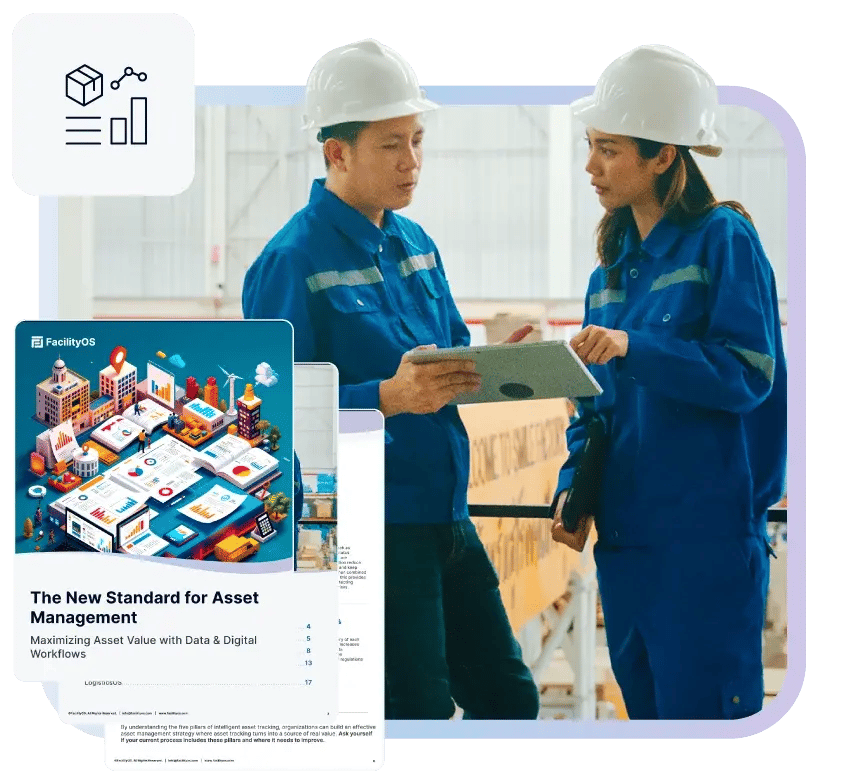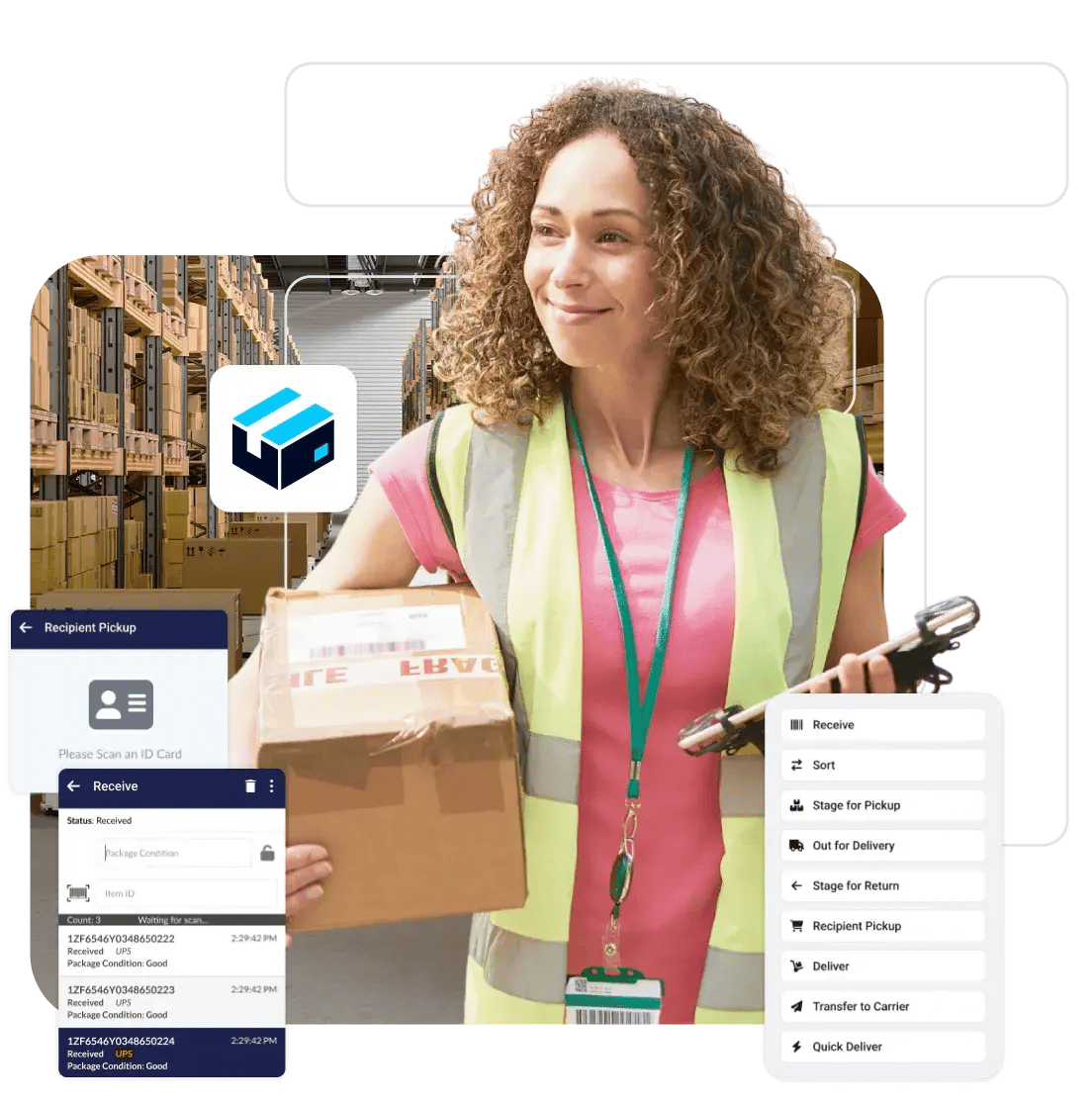Get Control. Reduce Risk. Maximize Asset Value.
If your teams still rely on spreadsheets, manual check-ins, or disconnected logs, you’re missing critical visibility into where assets are, who last touched them, and how they’re performing. That lack of data makes audits painful, compliance harder, and budgets unpredictable.
This guide shows asset managers how to replace outdated processes with intelligent, data-driven tracking that improves uptime, reduces costs, and ensures audit-ready records.



What You’ll Learn Inside:
-
How to shift to digital first asset tracking.
-
The pillars of an intelligent asset strategy.
-
Practical tips for building connected, scalable systems.
-
Key business impacts, from cost savings to better uptime.
-
Recommended tech and tools to optimize your processes.
Who Should Read This Guide?
Asset Managers
Looking for better visibility, accountability, and control.
Executives
Needing transparency, cost control, and risk reduction.
Operations Leaders
Responsible for audits, compliance, and capital planning.
Whether you manage IT equipment, facilities, healthcare devices, or educational assets, this guide helps you strengthen governance, streamline workflows, and maximize asset value.
Frequently Asked Questions
What makes this guide different from other asset management resources?
Is this guide relevant for both IT assets and physical equipment?
Will the guide help me prepare for audits and compliance checks?
How can better asset tracking improve ROI and reduce costs?
Data-driven asset tracking helps prevent underutilization, duplicate purchases, and unplanned downtime — all of which directly impact margins. By consolidating asset data into a single source of truth and digitizing workflows, organizations can cut wasted spend, forecast maintenance budgets accurately, and extend asset life. In fact, poor tracking can account for up to 35% in lost ROI.
More Asset Management Resources
Dive into our collection of asset management resources from articles to case studies.
Case Study
How The State of LA Gained Over 1700% in Revenue Growth After Implementing LogisticsOS
Blog
How to Track Internal Asset Movement Without Disrupting Operations
Blog
4 Ways to Make Your Asset & Logistics Management More Sustainable
Case Study
How Vanderbilt cut turnaround time by 50% with streamlined asset & logistics management
See Intelligent Asset Tracking in Action
Get a personalized walkthrough of FacilityOS Today!
Let's talk
